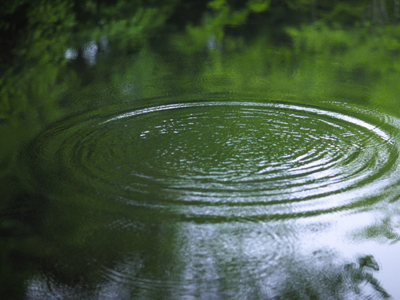

Physics - Transverse Waves
This Physics quiz is called 'Physics - Transverse Waves' and it has been written by teachers to help you if you are studying the subject at senior high school. Playing educational quizzes is one of the most efficienct ways to learn if you are in the 11th or 12th grade - aged 16 to 18.
It costs only $19.50 per month to play this quiz and over 3,500 others that help you with your school work. You can subscribe on the page at Join Us
When asked to draw a diagram of a wave in science, most people would probably draw a wiggly line as that resembles the waves that you see on water. That type of wave is called a transverse wave. Waves are formed by vibrations and create oscillations (posh word for vibrations) in the medium through which they pass. Transverse waves cause oscillations at right angles to the direction they are traveling. That is how they get their name - transverse means across.
1. Visible light
2. Radio waves
3. Microwaves
4. Ultra violet
5. Infrared
Ready for more?
not all...
quizzers. Try to win a coveted spot on our Hall of Fame Page.






